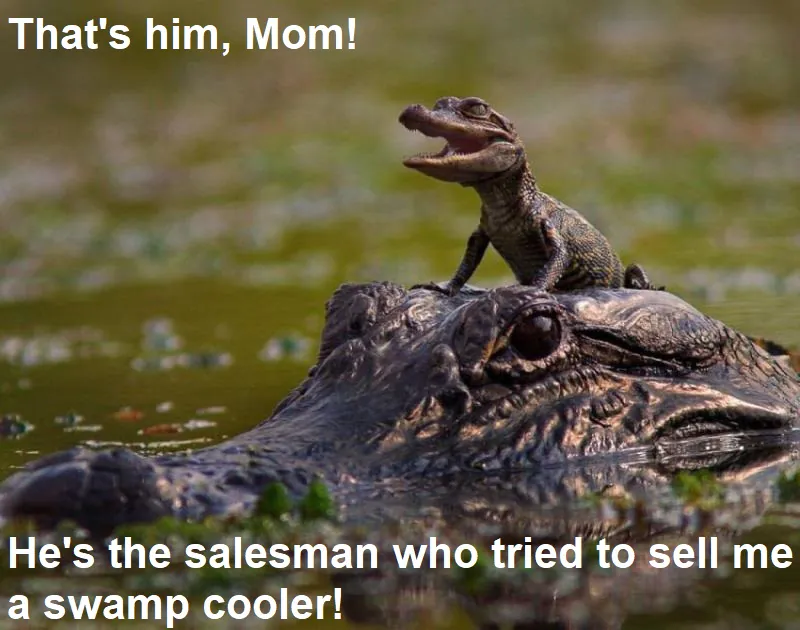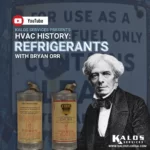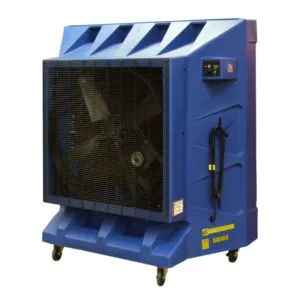
Considering that Florida is truly a glorified swamp, you’d think that swamp coolers would be commonplace here, right?
Contrary to their name, swamp coolers are actually most effective in hot, dry climates. They are formally called “evaporative coolers” and rely on evaporation to cool the air that moves through them.
You’d be much more likely to find evaporative coolers in Arizona or the Australian Outback than Floridian swamps. These coolers are more effective in dry regions, and they are far less likely to be dangerous, too.
So, why are swamp coolers ineffective and potentially hazardous in swampy climates? When we look at how they work and how they hold up in our climate, the answers become quite clear.
Table of Contents
EVAPORATION AND TEMPERATURE
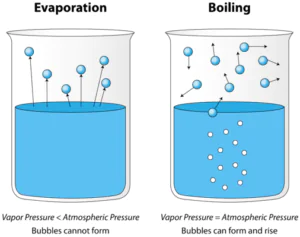
The evaporative cooler’s primary function lies right within its name: evaporation. The cooler has water-saturated filter pads; a fan forces air through the filter pads, and the water evaporates, cooling the air that comes out the other side.
When we hear “evaporation,” many of us will think about boiling. However, evaporation doesn’t have to include boiling at all. Water boils at 212°F, but it can evaporate at temperatures below that. That’s because temperature is just an average value of the molecular energy in a substance; some molecules may be moving more quickly than the average and could be on the verge of a phase change.
For example, a puddle of water in the middle of the road may be 80°F, which is nowhere near the boiling point. However, some molecules will be moving more quickly and more slowly than the average. The water molecules that move more quickly will break free and become a gas without the puddle boiling.
In other words, all boiling causes evaporation, but not all evaporation is caused by boiling.
LATENT HEAT
It takes a lot of energy to transform liquid water into water vapor. When a liquid is about to transform into a gas, its temperature stops rising. Any heat added to the molecule will go towards the phase change, not the temperature, so it cannot be felt. That “hidden” heat is called latent heat.
Swamp coolers take advantage of latent heat. The fan draws warm, dry air through the wet filter pads. As the warm air passes through the wet pads, some of its heat energy will help turn that liquid water on the pads into vapor. That water vapor then gets suspended in the airstream moving through the pads.
When the air comes out of the other side, it is cooler and more humid than it was when the fan first blew it through the pads.
SWAMP COOLERS’ HUMIDITY USAGE
You probably read that last sentence and thought, “It’s already extremely humid here! We don’t need any more humidity!”
We completely agree, but that’s just the beginning of the humidity story.
Adding even more humidity to our homes seems like a Floridian nightmare, but the truth is that the high humidity of our climate prevents swamp coolers from working properly. Evaporative coolers only work because the dry air adds its heat to the water on the filter pads, and it can physically hold the resulting water vapor molecules.
If the humidity is around 70-80%, as is common in Florida, then it can’t hold much more water vapor. If the relative humidity reaches 100%, that means that the air is fully saturated with water vapor; at that point, the water vapor in the air starts to condense into dew because the air can’t hold any more of it.
So, if humid air goes through the filter pads, you probably won’t get much cooling at all.
HOW SWAMP COOLERS CAN BE DANGEROUS
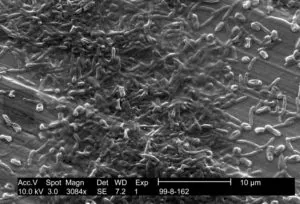
We’ve already covered why swamp coolers don’t work very well in Florida, but we haven’t explained how they can put us in danger.
Warm water can harbor all sorts of nasty microbes that can get us sick. Swamp cooler tanks in warm climates provide the perfect environment for Legionella growth. Legionella is a bacteria that grows in warm domestic water sources, including cooling towers. Legionella can make us sick with a severe form of pneumonia called Legionnaires’ disease.
Of course, cleaning out waterways and replacing the filter pads seasonally helps reduce the likelihood of Legionella growth. But in Florida, it’s clear that the risk of infection and hassle of cleaning outweigh the benefits of keeping a swamp cooler.
So, it’s clear that swamp coolers can’t do much to help us in the lovely wetlands of Florida. However, they certainly have their place in dry climates. Their cooling and humidifying functions work wonders on the desert air, providing much-needed relief for the people who live in hot, dry places. Of course, cleaning them to prevent bacterial growth will always be a concern as long as they contain warm water.

